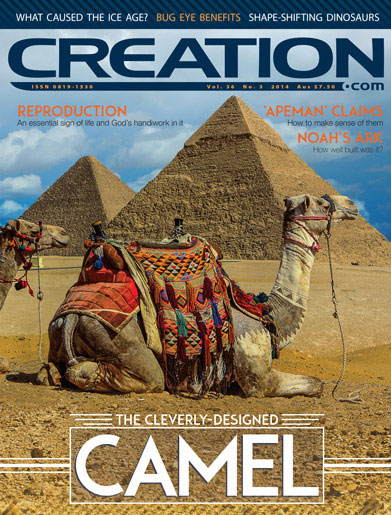Floral fertilization preserved in amber
Scientists are excited by the discovery—in a supposed 100-million-year-old piece of amber from Myanmar—of evidence of sexual reproduction in a flowering plant named Micropetasos burmensis.
The researchers released a microscopic image that shows pollen tubes extending out of two grains of pollen and penetrating the flower’s stigma, the receptive part of the plant’s female reproductive system.
One of the researchers said, “It’s interesting that the mechanisms for reproduction that are still with us today had already been established some 100 million years ago.”
Why ‘interesting’? Because such delicate preservation, and stasis, across the mooted millions of years stretches credulity. Why no evolution in all that supposed time? The Bible’s account of recent creation of plants on Day 3 programmed to reproduce according to their kind makes much more sense.
- Amber fossil reveals ancient reproduction in flowering plants, oregonstate.edu, 3 January 2014.


Readers’ comments
Comments are automatically closed 14 days after publication.